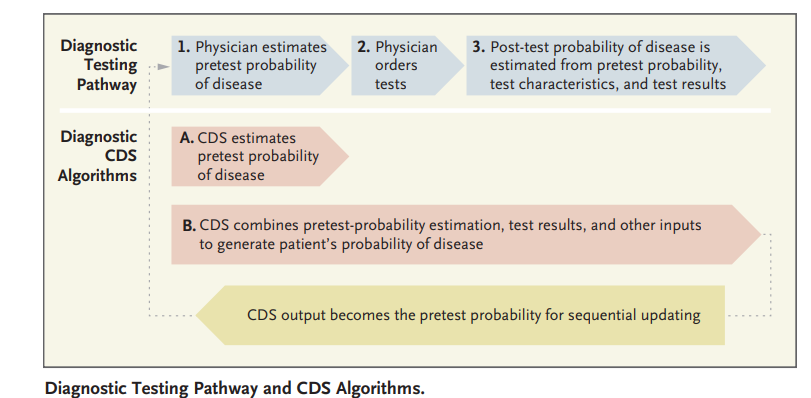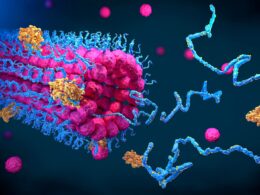health strategy institute
for better prevention, better wellness,
better health and better care,
at an affordable cost, for all !
Joaquim Cardoso MSc.
Chief Research & Strategy Officer (CRSO),
Chief Editor and Senior Advisor
August 24, 2023
What is the message?
As Clinical Decision Support (CDS) algorithms become increasingly prevalent in healthcare, it’s crucial to prepare physicians to effectively interpret and use algorithmic predictions in their clinical decision-making.
- There is a need for medical education to bridge the gap between the probabilistic nature of algorithmic predictions and physicians’ traditional diagnostic thinking, which often relies on heuristics and pathophysiological constructs.
- To do so, medical education should focus on teaching probabilistic reasoning, incorporating algorithmic predictions into decision-making processes, understanding the contextual factors that influence predictions, recognizing algorithm limitations, and ultimately maintaining the role of clinical judgment in interpreting and applying algorithmic outputs.
The aim is to ensure that physicians can leverage the potential benefits of CDS algorithms while also retaining their critical role in patient care.
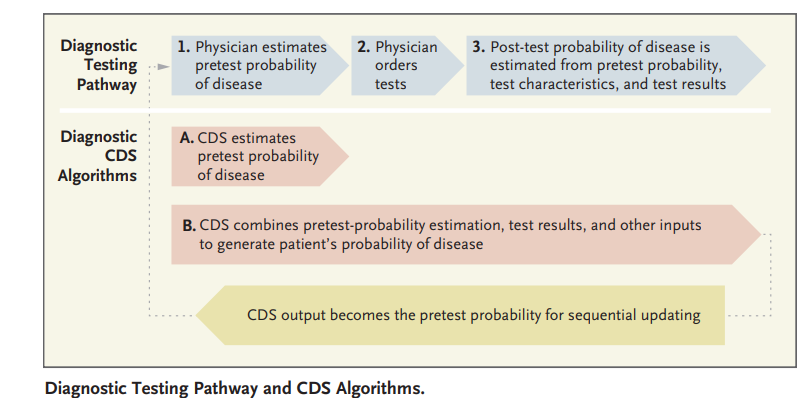
One page summary:
The rise of Clinical Decision Support (CDS) systems has transformed the landscape of healthcare by providing information at the point of care to aid clinical decision-making.
These systems have evolved from simple fact-providers to complex algorithmic prediction models, often utilizing machine learning and artificial intelligence.
While these algorithms hold the potential to significantly improve patient care, their effectiveness depends on how well physicians understand and utilize their predictions.
CDS algorithms generate probabilistic predictions based on patient data, helping clinicians anticipate outcomes or assess risks.
However, many physicians mistakenly treat these predictions as definitive answers. This highlights a critical gap in medical education: physicians are often not equipped with the necessary skills to interpret and act upon probabilistic information effectively.
The challenge lies in bridging the gap between the probabilistic nature of algorithms and physicians’ traditional diagnostic thinking, which often relies on pathophysiological constructs and heuristics.
To address this issue, the article suggests several changes to medical education and training:
1.Emphasizing Probability and Uncertainty: Medical education needs to stress that probability and uncertainty are inherent to diagnosis. Visualization techniques can make thinking in probabilities more intuitive. Early exposure to working with probabilities and performance measures can help improve physicians’ understanding and use of probabilistic information.
2.Incorporating Algorithmic Output: Physicians should learn to critically evaluate and integrate CDS algorithm predictions into their decision-making. Instruction should cover concepts such as pretest and post-test probabilities and positive and negative predictive values. Practice-based learning, tailored to algorithm use, can help physicians apply these concepts effectively in real-world scenarios.
3.Understanding Context and Clinical Judgment: Physicians should recognize that algorithmic predictions change based on contextual factors. Positive and negative predictive values are influenced by patient-specific information and institutional prevalence rates. Clinicians need to interpret predictions within the context of individual patients and exercise clinical judgment to determine appropriate
4.Recognizing Algorithm Limitations: Physicians should understand the limitations of CDS algorithms. Algorithms cannot encompass all patient factors and clinical nuances, and physicians need to assess what the algorithms might miss and adjust predictions accordingly.
The integration of CDS algorithms into routine clinical care is inevitable, and current medical trainees will likely encounter them regularly in their practice.
To harness the potential benefits of these algorithms, medical education must adapt to teach probabilistic reasoning and the effective use of CDS predictions.
This entails not only teaching the underlying concepts but also facilitating the translation of those concepts into real-world clinical decision-making scenarios.
With the right training, physicians can harness the power of algorithmic predictions while retaining their crucial role in exercising clinical judgment.
Infographic
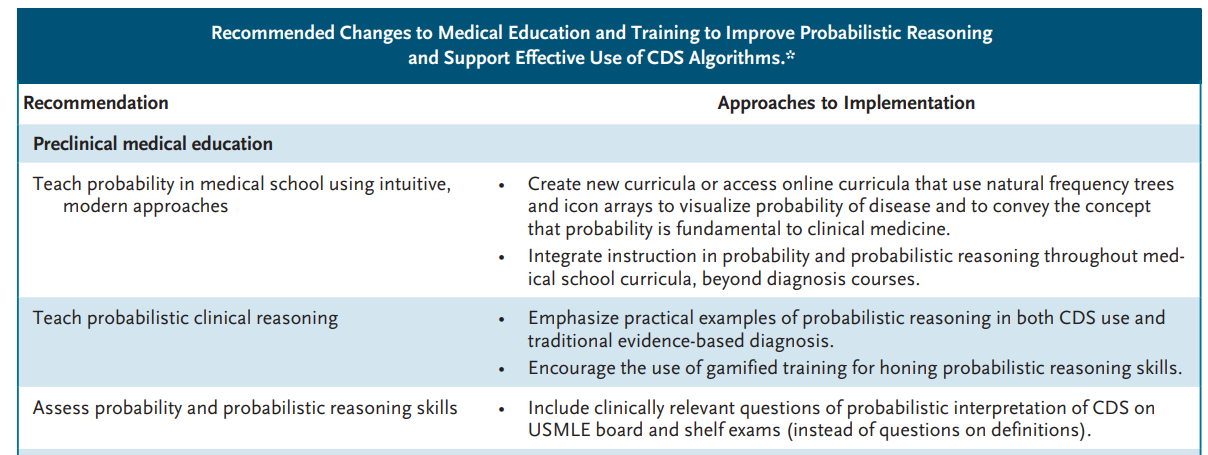

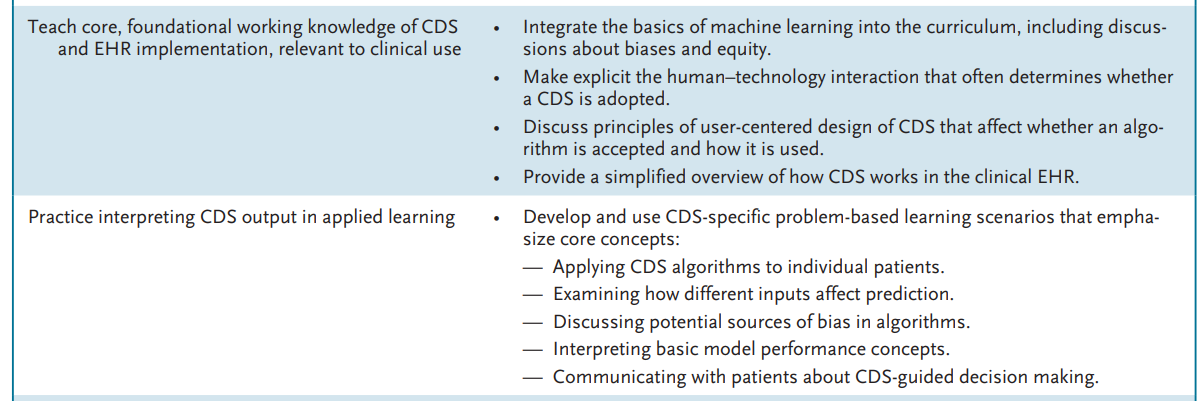
Source: This is a One Page Summary of the article below:


NEJM
Katherine E. Goodman, J.D., Ph.D., Adam M. Rodman, M.D., M.P.H., and Daniel J. Morgan, M.D.
To continue reading




